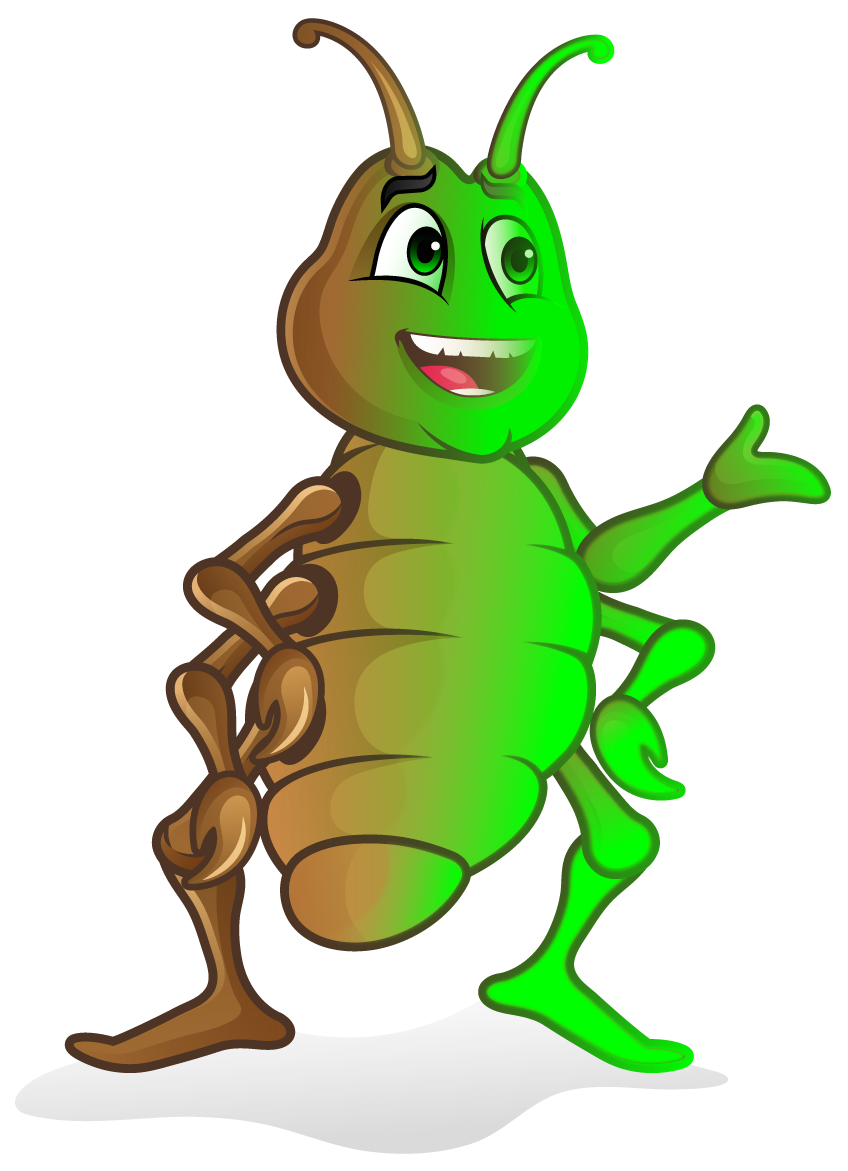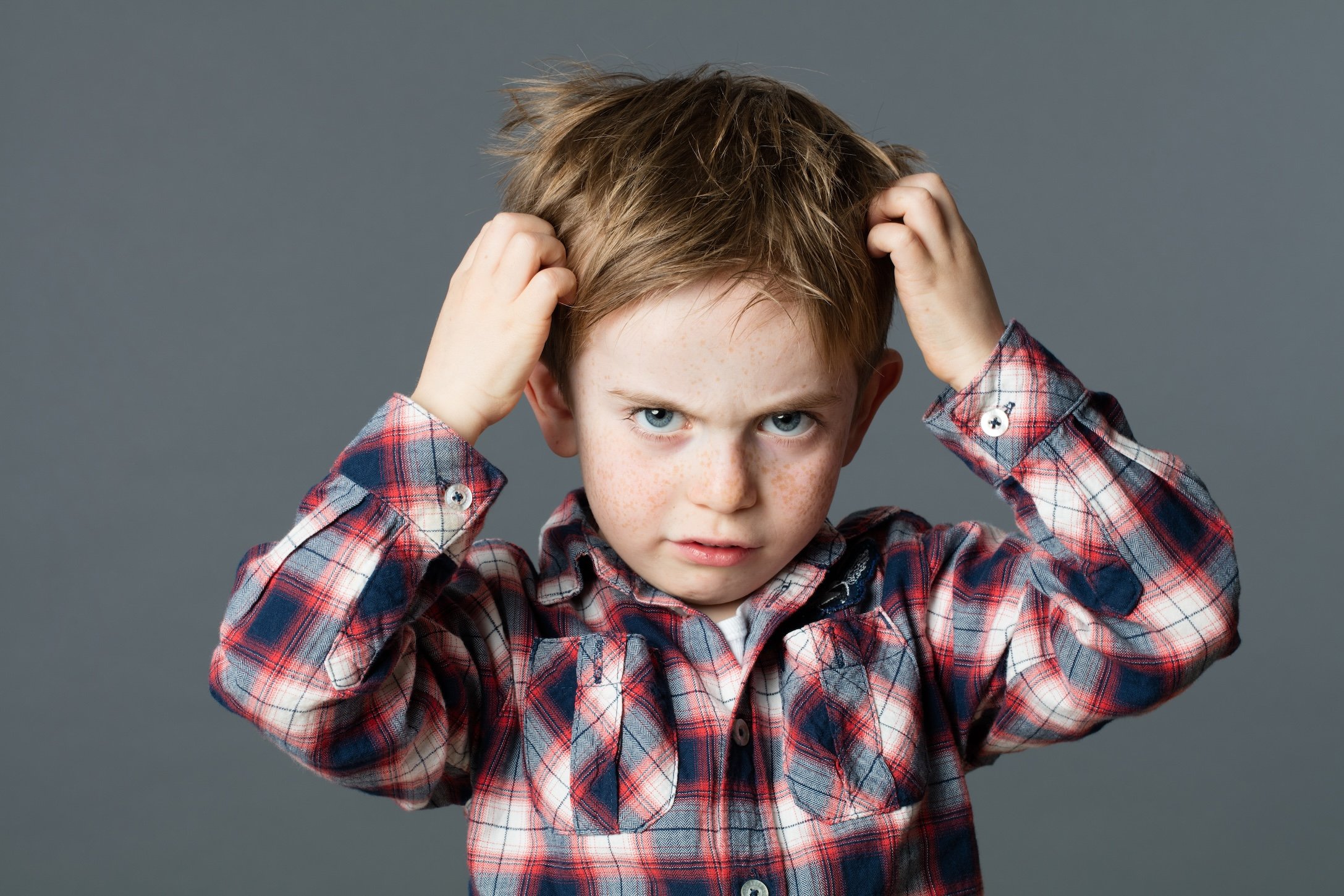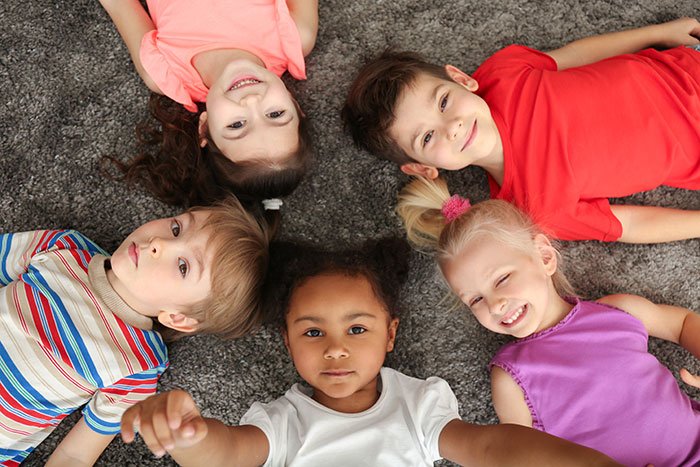How to get rid of head lice and nits once and for all.
Welcome to ISpyNits. We’re on a mission to get rid of nits once and for all. This guide explains how to treat head lice and nits in 24 hours without any wet combing!
To understand how to get rid of head lice once and for all, we first need to know a bit more about them.
What are head lice?
Head lice are tiny insects that live on your head. They are about the size of a sesame seed and have six legs and tiny claws that grip hair. The earliest lice can be traced back 10,000 years, so there’s nothing new about head lice, humans have been fighting to get rid of them for thousands of years.
Head lice like to live close to the scalp (generally within 5mm) and can normally be found where it’s warmest - behind the ears and around the crown. Like mosquitoes, lice feed on blood but, unlike mosquitoes, they don’t carry any nasty diseases. However they are still not pleasant.
The problem with lice is they cause irritation and discomfort for the host. The irritation is caused by the skin reacting to the saliva the lice inject into the skin during feeding and can be really infuriating.
It’s important to try and get rid of lice as soon as possible as they reproduce quickly and a single louse can turn into a colony of lice very quickly, which definitely isn’t good for anyone.
How long do lice live?
Assuming they can find a source of food (ie blood) lice live for 30 days. Lice that aren’t feeding can live for up to 2 days. Lice need to feed multiple times a day in order to sustain themselves.
Female lice are slightly larger than male lice and start to reproduce almost immediately. They lay their first batch of eggs around 2 days after mating and continue laying for the next next 16 days - up to 8 eggs per day.
Over their lifetime, a female louse can lay up to 100 eggs. Lice eggs are called nits and, like lice, live close to the scalp where it's nice and warm. Nits take 7 days to hatch into lice.
Head lice and nits go hand in hand. Given the exponential rate that lice reproduce, it’s important to catch outbreaks early to avoid a full-on infestation, as they are much harder to treat.
How do you catch head lice?
Head lice are transferred from person to person (more often than not child to child) by at least one female head louse finding its way from one head to another - it’s that simple.
Lice can be transferred by sharing a comb or a brush or hair ties - pretty much anything that goes in or through hair. They can also be transferred by sharing pillows and bedding. It’s highly unlikely that anyone will catch lice from a carpet or furniture unless you are really unlucky.
Kids - particularly younger boys - can transfer lice through play where heads touch. If you put enough boys in a room together for long enough you can be pretty sure everyone will end up with nits!
Head lice don’t care whether hair is clean or dirty and they don’t discriminate between rich and poor. As far as lice are concerned, hair is hair and they are happy to make their home in any of it as long as it is warm!
Lice outbreaks are particularly prevalent at the start of the school term where kids come together for the first time in close confines and during school camps. Sleepovers and some sports can also cause head lice to spread.
For some families life is just an ongoing battle to stay on top of nits. Not because they don’t get rid of them effectively each time they land - they just keep landing!
How can you tell if you’ve got nits?
Lice are obviously very small and not easy to see with the naked eye, so you’re going to have to look quite closely.
Give away signs your child has lice are scratching and complaining of itchiness. You might also find your child is distracted and potentially exhibiting some more challenging behaviours. If this is your child, then there’s a good chance they have lice. But don’t panic!
Sit your child down, distract them with a phone or something similar, get under a bright light (use your phone torch if you need to). Start at the crown or behind the ears where lice like to live. Part the hair and focus on the scalp. You’re looking for sesame-seed sized bugs that are dark brown in colour and moving. It can be tricky to tell lice from dandruff sometimes so take your time.
Nit eggs are about the size of a pinhead and, like lice, are generally found close to the scalp where it’s warmest. Start your search behind the ears and at the nape of the neck. The closer a nit is to the scalp, the more likely it is for the nit to hatch. Nits that are more than 20mm away from the scalp are unlikely to ever hatch into lice, so worry less about them and more about the ones closest to the scalp.
Unhelpfully, nits are really difficult to see as they are very small and can take on the pigment of the hair, which makes them near impossible to see with the naked eye.
If you find lice and/or nits the Ministry of Health recommends keeping kids out of school for 3 days while they get treated or at least until treatment has started.
It’s important to remember most kids (at least 1 in 3) will get head lice at one time or another and it’s nothing to be ashamed of - it’s just part of being a kid. That said, kids can be really mean, so it’s important to support your child and help them understand they didn’t do anything wrong and the bullies will get nits in due course!
If you are worried about the social impact of nits then get in touch and we’ll share some cool resources with you.

How do you kill head lice?
If you find lice then it's time to act!
Getting rid of head lice is a 2-stage process. First, you’ve got to kill the live lice and then you’ve got to make sure you get rid of all the nits. If you don’t kill all the lice they will keep producing nits. If you don’t remove all the nits you will keep getting lice. It’s a nasty vicious cycle that can be broken quickly if you follow these instructions.
The good news is that getting rid of head lice is relatively easy.
Unfortunately you can’t just drown lice with water as they have an uncanny ability to breathe underwater for a relatively long period of time. To kill lice you need to suffocate them.
You can of course try combing live lice out of hair with a metal nit comb but you’ll be there for hours and you won’t get them all. Lice live too close to the scalp for effective combing. To kill them you need to use a lotion and then brush/comb the dead lice out.
The best way to suffocate lice is with a lotion or medicated shampoo that coats the lice in a slippery/oily kind of substance that smothers the lice and causes them to suffocate. The most effective lice treatments (and the treatment recommended by the Ministry of Health) contain 4% dimethicone.
To make sure all the lice are suffocated you need to leave the lotion in the hair for at least 20 minutes. After 20 minutes you can wash it out with ordinary shampoo which will take away the oily feel and make everything smell and feel better!
Once you’ve washed the hair you’ll need to brush / comb the dead lice out. If you’ve done the lice treatment right there should be no more live lice left. One and Done.
How do you get rid of nits?
Unfortunately, lice lotion won’t get rid of nits - no matter what it might say on the bottle. It’s essential you get rid of ALL the nits in order to avoid re-infection (up to 30% of lice infections come back due to nits being missed).
Some lice lotions also contain an insecticide as well as dimethicone (look for permethrin on the label) which will help kill some of the nits, however it won’t kill them all. Nits are increasingly resistant to insecticides, so you should not rely on lotion alone to break the cycle.
The problem is that nits are tiny, stick like glue to hair and can take on the pigment of the hair, making them almost impossible to see. If lice have been around for a while then there could easily be hundreds of nit eggs to dispose of. Removing nits can be a time consuming and frustrating process so be prepared with plenty of screens!
The old-school way to get rid of nits is to comb them out with a metal nit comb. Nit combs have been around for as long as nits have. They work by catching the nits in between the teeth of the comb that are very close together. The problem with nit combs is nits can still pass between the teeth and it’s super hard to comb very close to the scalp where the nits most likely to hatch are hiding.
To remove nits with a comb, wet the hair and begin combing from the scalp to the ends of the hair in a logical pattern that covers the entire scalp. The longer the hair the more time consuming this process is. If hair is short and the problem is bad you might consider the buzz-cut option. To remove all of the nit eggs you need to be prepared to comb the hair out for several hours over the period of a week to make sure you’ve got all of them.
Given nits are super hard to see it’s really hard to know when you’ve got them all. You basically have to keep combing until you lose the will to comb any more! Avoid getting distracted by nits towards the end of hair (particularly long hair). Most if not all of them will be shells or debris and won’t ever turn into a louse. Focus on the scalp….
Is there a better way to get rid of nits?
Nit combs are effective - eventually - but the process takes ages. A far better way to remove eggs is to pick them out with your fingertips (nitpicking) after you’ve made them glow under UV light using ISpy Glo-Powder.
ISpy Glo-Powder is a special non-toxic formula that bonds to the outside of the nit egg and makes it glow under UV light. Once the eggs are glowing you can see them and can remove them one by one quickly and easily.
You might need to do this over a couple of sessions to make sure you’ve got all of them, but it’s a much (much) more efficient and effective way to get rid of nits than endless combing (second only perhaps to the buzz cut!)
You can use ISpy Glo-Powder to figure out whether nits are present before an outbreak of lice occurs, which is super helpful if your child is heading off on school camp for example (it’s like a Covid test for nits!)
Using ISpy lotion and ISpy Glo-Powder is the best way to get rid of nits once and for all
How to stop nits spreading
Nits can be tricky to contain once you’ve brought them home. Given they can live up to 2-days off a host, it’s important to kill the lice, remove the nits AND clean house to avoid re-infection.
The first and most obvious place to start is with combs, brushes and anything else that goes in or through hair. If you can dispose of these items then do so, otherwise wash them thoroughly in very hot water. Avoid sharing any brushes or combs while nits are in the house.
Then, start by washing bed linen at a hot temperature to kill any lice that may be loose. It’s important to keep it real - you don’t need to disinfect the whole house.
Vacuum carpeted areas, pillows, rugs, carpet squares, and upholstered furniture (such as couches, chairs, and bean bags) daily. Continue that care for 5 days beyond the last identified case of head lice. Discard the vacuum bag after each day's cleaning.
And then just avoid kids interacting with each other too much for the 24/48 hours during which you’re treating and killing the nits.
How do I stop nits coming back?
Lice have a nasty habit of recurring, so the best strategy is vigilance. Catching and dealing with a lice outbreak early when there are only a few of them is a lot easier when dealing with a full on infestation. Given the lifecycle of lice, you need to check kids for lice / nits every couple of weeks to avoid a major outbreak.
After a while you’ll come to recognise the signs and will start to know instinctively when you need to act. If you’ve got left of ISpy Glo-Powder you can always use that to do a quick nit check (and to give your kids super glo-powers!)
If you find nits then there’s a good chance you’ve got lice, so you need to rinse and repeat the whole process - lotion then nitpicking.
Dealing with nits early is good for everyone, including your wallet.














